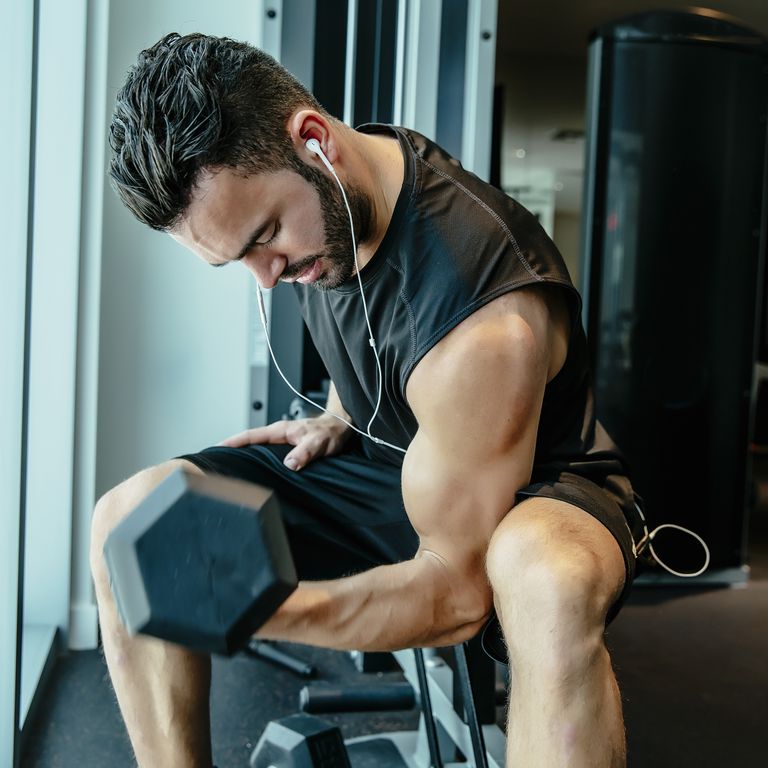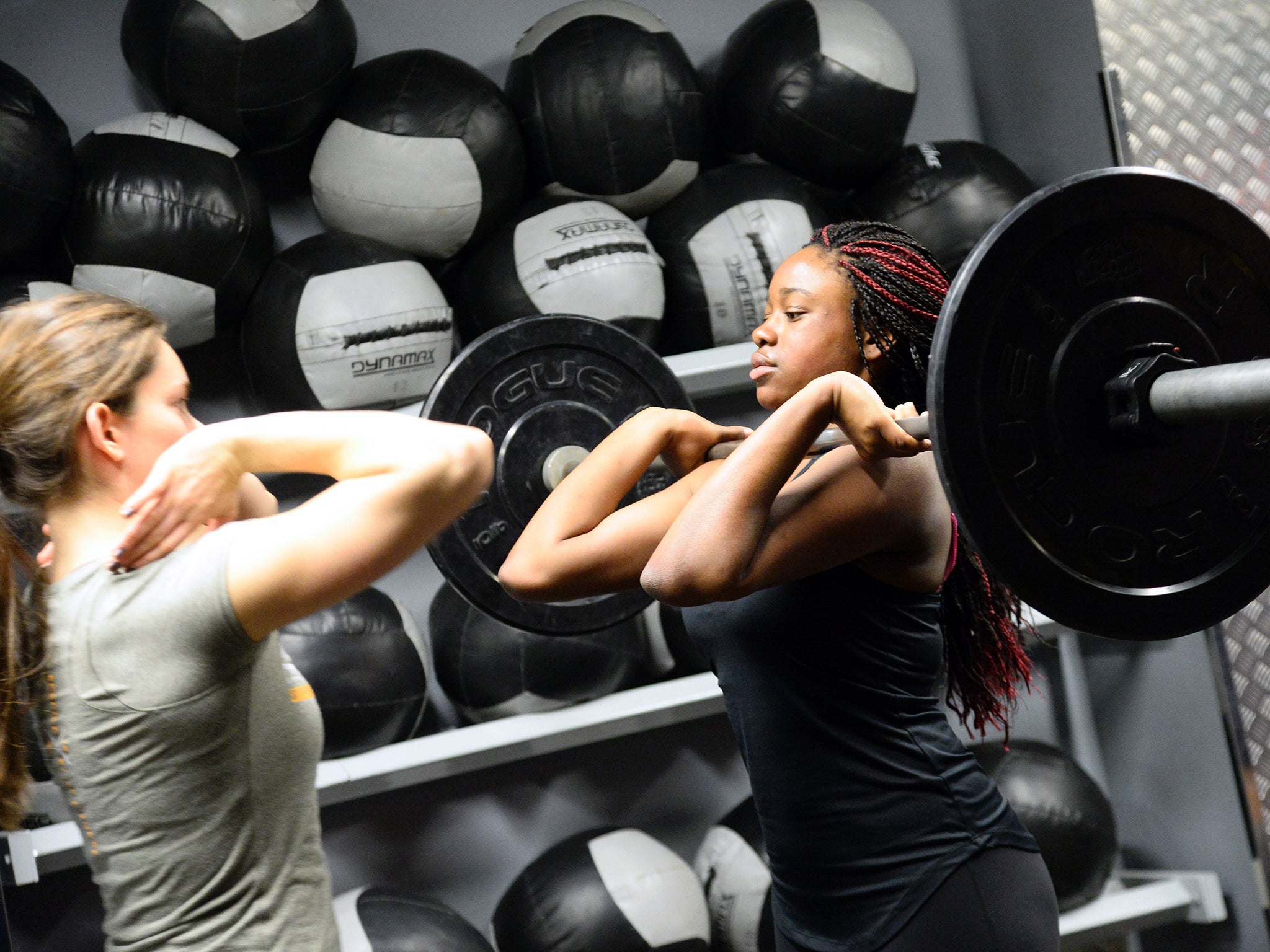
The barbell must be able to revolve within its own sleeves for easier lifting. Collars must be used and firmly fitted to the bar before lifting takes place. Weightlifting must be performed on a barbell with disc weights ranging between 1 kg and 25 kg. Where an adult other than a teacher is engaged to provide instruction, a teacher must be present to take overall responsibility.Įquipment must be checked prior to use and at regular intervals throughout the training sessions to ensure collars are tight, bars are evenly located between stands, benches are properly positioned and training machines are weighted appropriately. Principals and organising teachers must also take into account such factors as age, lifting and training experience, maturity of the students and nature and type of activity when arranging student numbers and supervision. The teacher/instructor to student ratio must not exceed 1:20. A teacher must be present who has recognised current training in emergency care. The teacher/instructor must have appropriate expertise and/or training in the teaching/coaching strength and conditioning training.

A suitable qualification would be a Level 1 weightlifting coaching accreditation. The teacher/instructor must have appropriate expertise and/or training in the teaching/coaching of weightlifting. Teacher/Instructor Qualifications and Experience Weight Lifting
#WEIGHT LIFING FULL#
Where considered appropriate, for example inclusion in a school sport program, parents or caregivers must be informed of full details of the venue, supervision to be provided and activities to be undertaken when seeking their written permission. In fact, most leading coaches would support the development of skills and enjoyment of the sports as the first priority for pre-adolescent children. However, it should be noted that there is no evidence to suggest it is necessary for children to undertake weight training to reach their full sporting potential at a later age. The main objective of weight training is to improve muscle strength. As such, it is a form of resistance training which is generally used to complement other aspects of sports training.
#WEIGHT LIFING FREE#
Weight training involves using free weights and mechanical systems (hydraulics and pulleys) for the purpose of increasing muscle strength, power and endurance. Safety requirements will vary for weight training.

The skill of using weights must be learned carefully as poor technique, reckless advancement and irresponsible behaviour can cause injury or accidents. Weight lifting emphasises strength (power) and body building.



 0 kommentar(er)
0 kommentar(er)
